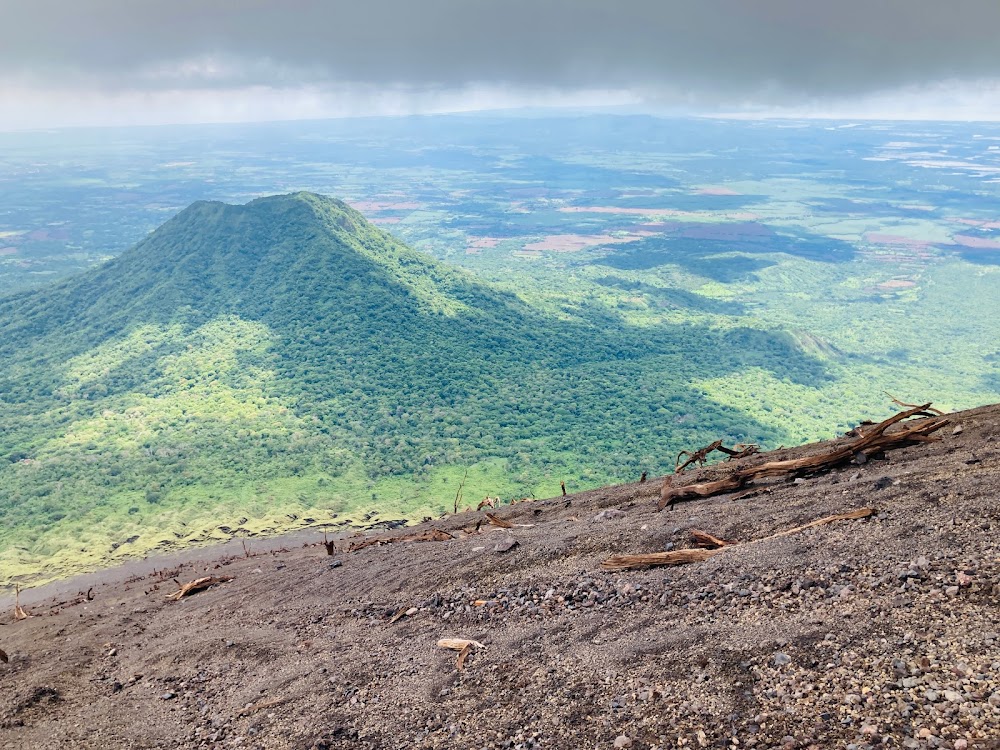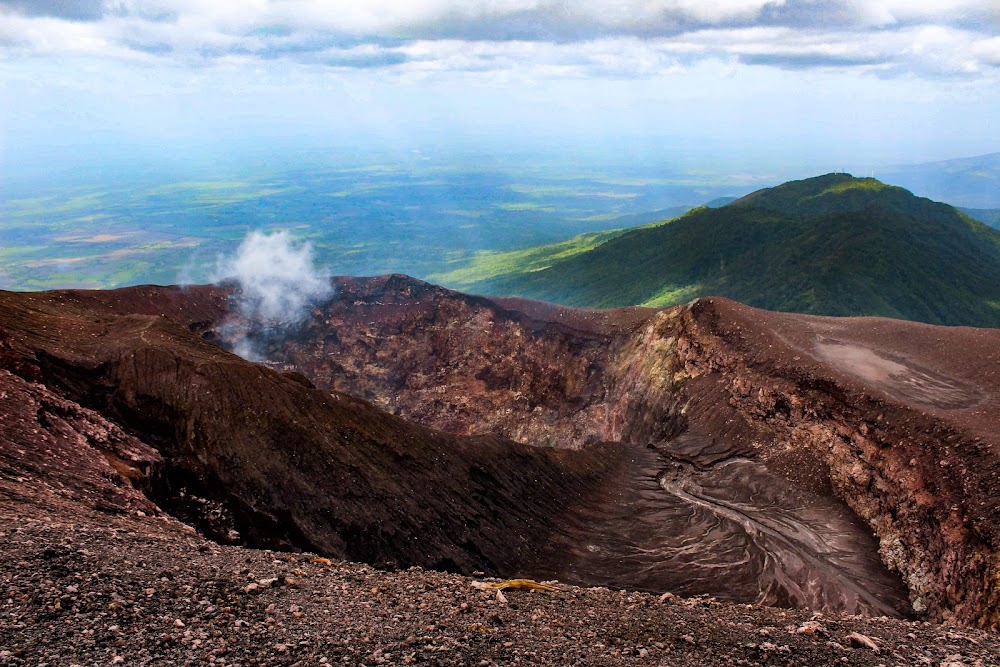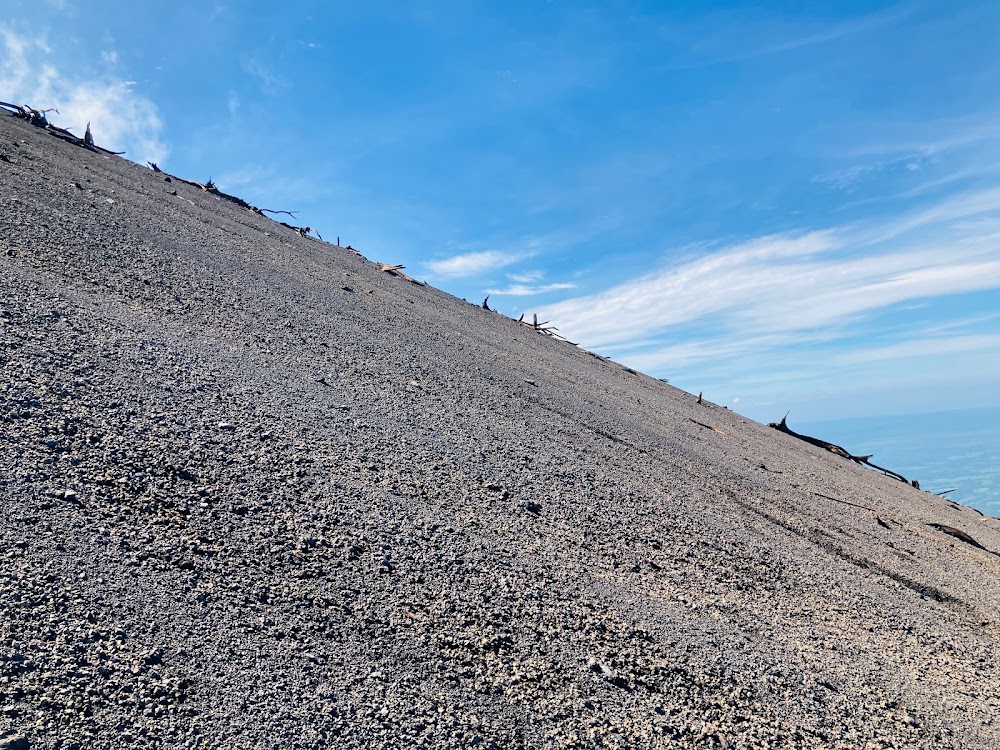Volcán San Cristóbal (Volcán San Cristóbal)
Overview
Overview of San Cristóbal Volcano
San Cristóbal Volcano, or Volcán San Cristóbal, stands as the highest volcano in Nicaragua, reaching an impressive height of approximately 1,745 meters (5,725 feet) above sea level. Nestled near the city of Chinandega, this majestic volcano boasts a captivating geological and historical narrative that draws adventurers and nature enthusiasts alike.
Geological Formation
The story of San Cristóbal began millions of years ago through the process of subduction, where one tectonic plate slides beneath another. In this case, the Cocos Plate descends under the Caribbean Plate, leading to the melting of the subducted plate and the formation of magma. Over countless volcanic eruptions, this magma has been expelled to the surface, layering lava, ash, and other volcanic materials to create the formidable structure we see today.
Stratovolcano Characteristics
As part of the Maribios Volcanic Range, San Cristóbal features a remarkably symmetrical cone, a hallmark of stratovolcanoes or composite volcanoes. These volcanoes are recognized for their layered architecture, resulting from successive eruptions of hardened lava and tephra. This unique shape not only contributes to its stunning silhouette but also signifies its powerful geological activity.
Current Activity
San Cristóbal remains an active volcano, with frequent but generally moderate eruptions. While these eruptions can result in ashfall affecting nearby towns, scientists closely monitor the volcano to safeguard the local population. One notable eruption occurred in September 2012, when San Cristóbal unleashed ash and gas, prompting the temporary evacuation of thousands in surrounding communities—a vivid reminder of the volcano's might and the importance of vigilance.
Cultural Significance
The volcano is steeped in local lore, with indigenous communities believing it to be a living deity deserving of respect and offerings. Rituals and sacrifices were traditionally performed to appease the volcano and avert its fury. Today, San Cristóbal continues to hold spiritual and cultural significance for the people of Nicaragua, embodying both reverence and connection to their ancestral heritage.
Hiking Experience
For the adventurous at heart, climbing San Cristóbal offers a challenging yet rewarding experience. The trek to the summit provides breathtaking vistas of the surrounding landscapes and a close-up view of the rugged crater. Although the hike features steep and slippery slopes, those who reach the top are treated to an unparalleled perspective of Nicaragua’s natural beauty—an achievement worth every effort.
Biodiversity and Agriculture
The region surrounding San Cristóbal is rich in biodiversity, with the lower slopes blanketed in lush forests teeming with various plant and animal species. As you ascend, these verdant landscapes give way to the stark volcanic terrain above. The fertile soil, enriched by volcanic minerals, supports thriving agriculture, cultivating crops such as coffee, bananas, and a variety of citrus fruits.
Conclusion
San Cristóbal Volcano is not just a geographical feature; it is a vital element of local agriculture, culture, and the stunning Nicaraguan landscape. Scientists continue to study this natural wonder to deepen their understanding of its behavior and to protect the communities that thrive in its shadow.
In essence, San Cristóbal serves as a powerful reminder of nature's dynamic forces, captivating the imagination of both locals and visitors with its striking beauty and formidable presence.









